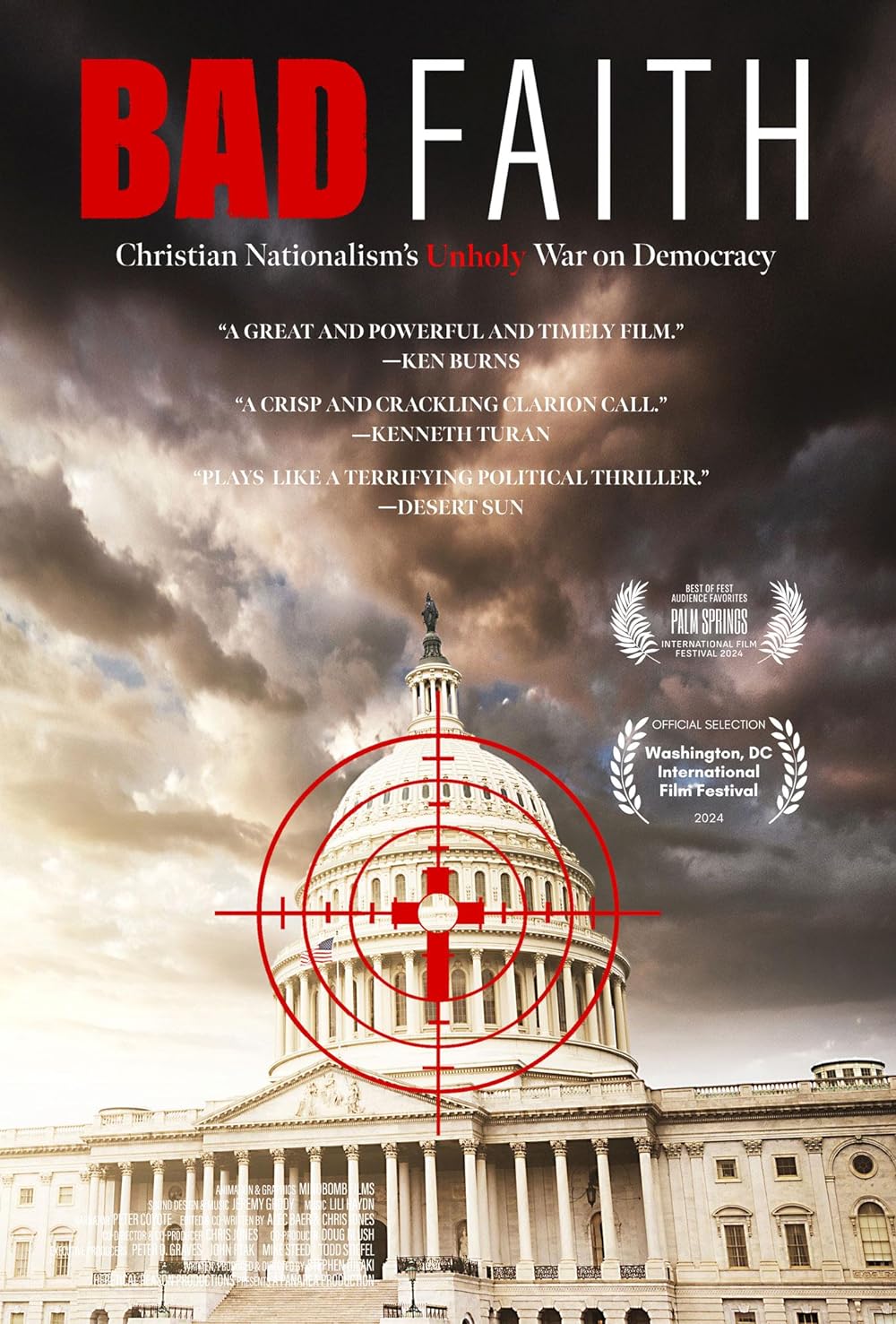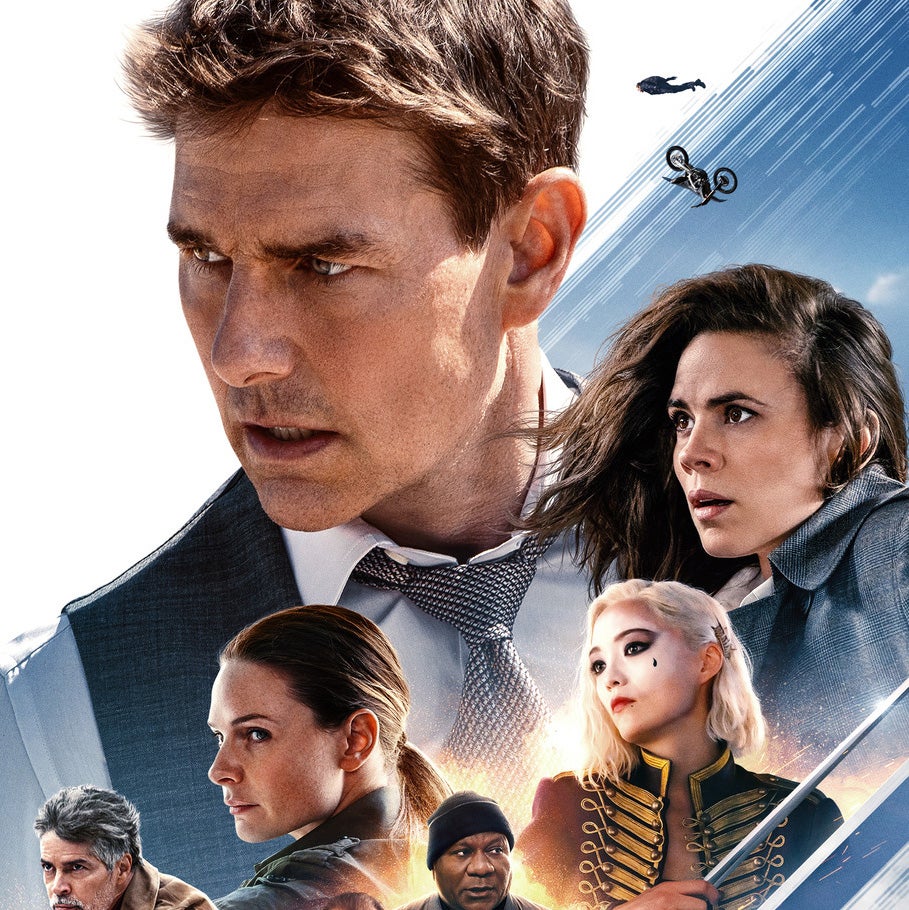The Terminal
Posted on June 11, 2004 at 8:10 am
A| Lowest Recommended Age: | Middle School |
| Profanity: | Brief mild words |
| Nudity/ Sex: | References to adultery |
| Alcohol/ Drugs: | Drinking, smoking, reference to drug smuggling |
| Violence/ Scariness: | Tense scenes |
| Diversity Issues: | A theme of the movie |
| Date Released to Theaters: | 2004 |
One of the most enduring themes in fiction is the journey. From The Odyssey and the search for the holy grail to to The Wizard of Oz, The African Queen, and Finding Nemo, the story of heroes who have to go somewhere gives us a chance to see their journeys as symbolic of their learning and spritual growth. A quest is automatically a compelling story because we identify with a hero who is moving toward a goal.
But this is the story of a journey interrupted, and the way that interruption became a journey of its own. It reminds us that like its lovely dual-meaning tagline, sometimes “life is waiting.”
Viktor Navorski (Tom Hanks) arrives at New York’s JFK airport from (fictional) Krakozhia in Eastern Europe. While he was in the air, his country suffered what we now discreetly call a “regime change,” and that has invalidated his passport and visa. He cannot enter the United States but he cannot go back, either. Under immigration laws, he is a paradox, an anomaly, sand in the gears. He transcends all categories. This creates a problem for Frank Dixon (Stanley Tucci), an ambitious by-the-book bureaucrat who wants a promotion, which means that he has no room for anomalies. He hopes the Navorski problem will just go away — literally. But Navorski, unlike others who are held back by immigration officials, is disinclined to try to sneak out into the U.S. So he ends up living in the airport.
The team behind Catch Me if You Can, director Steven Spielberg, screenwriter Jeff Nathanson, and star Hanks have created a story of great warmth and depth, with a return to a favorite theme for Spielberg (E.T.: The Extraterrestrial) — home. Navorski is more at home in the airport than most of the characters are anywhere because he is home in himself.
Though based on a true story, the film is more of a fantasy, even a parable. Navorski not only learns English very quickly (a reminder of the mermaid’s instant acquisition of English after a day of watching television in another Hanks film, Splash), but he is an idealized figure. He masters the intricacies not just of eating, sleeping, laundry, and even dating without leaving the airport as well as the immigration and customs laws and even the complete schedule of arrivals and departures. He is ever-patient, wise, and steadfast, enriching the lives of everyone from a bitter janitor to an ardent catering services employee with a crush on a pretty customs official, a frantic would-be smuggler, and a vulnerable flight attendant (Catherine Zeta Jones).
It would be easy to make Navorski a cute guy with a sitcom accent like Latka in Taxi or Balki in Perfect Strangers and the movie almost falls into that trap with some moments of slapstick that threaten to throw off the tone of the story. Navorski is too good to be true, endlessly patient and kind. But Hanks doesn’t go for easy laughs and he does not allow Navorski to be cute. He makes it work with the warmth, grace, modesty, and dignity he brings to the character. Zeta Jones gives her most accessible performance so far, for once playing not a glamour goddess but a real person (okay, a stunningly beautiful real person). Tucci’s Dixon is not an unreasonable man, just a small-minded one. Spielberg may make it too much of a fairy tale, but Nathanson’s rich mix of wit and sentiment culminates in a moment so moving that it blooms within you as you watch. This movie is simply lovely, with broad appeal on many levels, well worth sharing with family.
Parents should know that the PG-13 rating comes from brief strong language. There are some mild sexual references, including adultery. Characters drink and smoke and there is a reference to drugs. There are a few tense and sad moments.
Families who see this movie should talk about some of their unexpected delays and other travel adventures. They should also talk about rules and how Navorski, Dixon, and some of the other characters decide when to follow them and when they need to be broken or rewritten. Why did they chose this word for the title? Why did they chose Viktor for the character’s name? Were you surprised by what Navorski wanted from America and what he did not want? What does home mean to you?
Families who enjoy this movie will also enjoy Catch Me if You Can. Every family should learn more about the wonderful story behind the famous Great Day in Harlem photo and the people in it. There is an excellent documentary about the Art Kane photo. Families might also like to learn something about the man whose story inspired this movie, Merhan Karimi Nasseri, who has lived in France’s de Gaulle airport since 1988.






